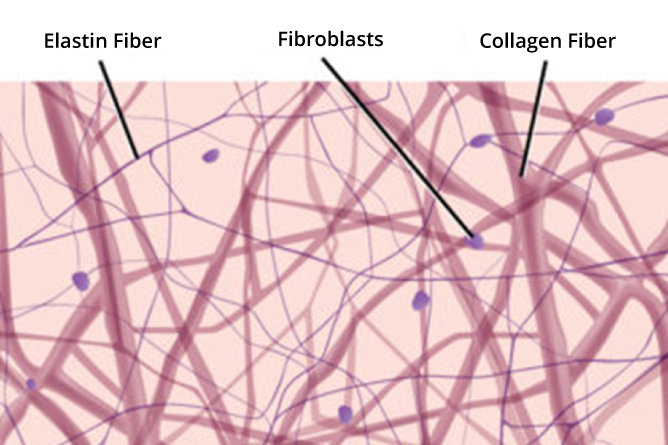Leg Edema
Swelling or edema in the legs can be a sign of a serious condition or it can be due to standing or sitting for too long. In some cases the edema can be accompanied by pain, numbness and other symptoms or it can occur on its own. Before trying any remedies for leg edema it is important to have the cause of the swelling properly diagnosed. In some cases an underlying disease needs to be addressed. Some simple changes to daily routines can also be tried.
Get Moving
Leg edema can be caused by standing in one position for too long, according to the National Institutes of Health. This makes the circulatory system have to work harder to pump the blood and other fluids up out of the legs and over time fluid can build up. In addition, sitting for long periods can also hinder circulation. This means that it is important to move around and try to change position every 15 to 30 minutes. If you’re standing, walk around a bit. If you’re seated, try stretching out the legs or pumping the ankles. Getting regular daily exercise will also help to improve circulation in general.
Elevation and Support Hose
To help give the circulatory system a helping hand, try lying down and elevating the feet and legs so that they are higher than the heart. This will allow gravity to help bring the fluid out of the legs. This can be especially helpful if you are pregnant or overweight. However edema during pregnancy and in the obese can be related to a heart condition, so it is important to seek medical attention. A physician may also recommend wearing support stockings to compress the area in order to control the swelling.
Medications
According to the Mayo Clinic if leg edema is accompanied by deep leg pain, chest pain, shortness of breath, fatigue with exertion or any other symptoms there may be an underlying heart condition that affects the body’s ability to pump blood and fluid out of the legs. Circulatory problems in the legs can lead to blockages, which can cause a heart attack or stroke. Liver and kidney problems can also contribute to swelling in the legs, which requires medical intervention. In these cases it is important to speak to a physician about medications. Tests can be run to help determine if heart, kidney or liver disease is causing the edema.
Massage
If leg edema is chronic and does not respond to changing positions or elevation the Society for Vascular Surgery recommends trying a type of massage called manual lymphatic drainage. This is a hands-on technique that attempts to restore circulation and manually drain fluid from the area. Make sure to seek out a therapist who is licensed in this type of massage. Along with massage there are also machines that fit around the legs and gently compress them in an attempt to move the fluid out. A physician or physical therapist can make recommendations for both massage and machines.
At Heal n Cure we provide Lipo-Massage therapy in the form of manual lymphatic drainage massage and compression pants.These techniques not only improve edema and blood circulation but also help diminish cellulite. With the Lipo-massage treatments, our patients have been able to gain relief from the symptoms of edema. Additionally, patients seeking aesthetic treatment have experienced improvement in the appearance of cellulite. Our highly trained technicians deliver cutting edge Lipo Massage treatments that leave our patients feeling like they visited a spa instead of a physicians clinic.
Source: Leg Edema

Health
Apr 05th, 2024
Contrave (Bupropion/Naltrexone Combination) For Effective Weight Loss
View Post
about Contrave (Bupropion/Naltrexone Combination) For Effective Weight Loss
Health
Apr 02nd, 2024
Revolutionizing Radiance: Connective Tissues and the Future of Skincare
View Post
about Revolutionizing Radiance: Connective Tissues and the Future of Skincare
